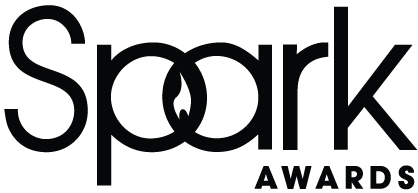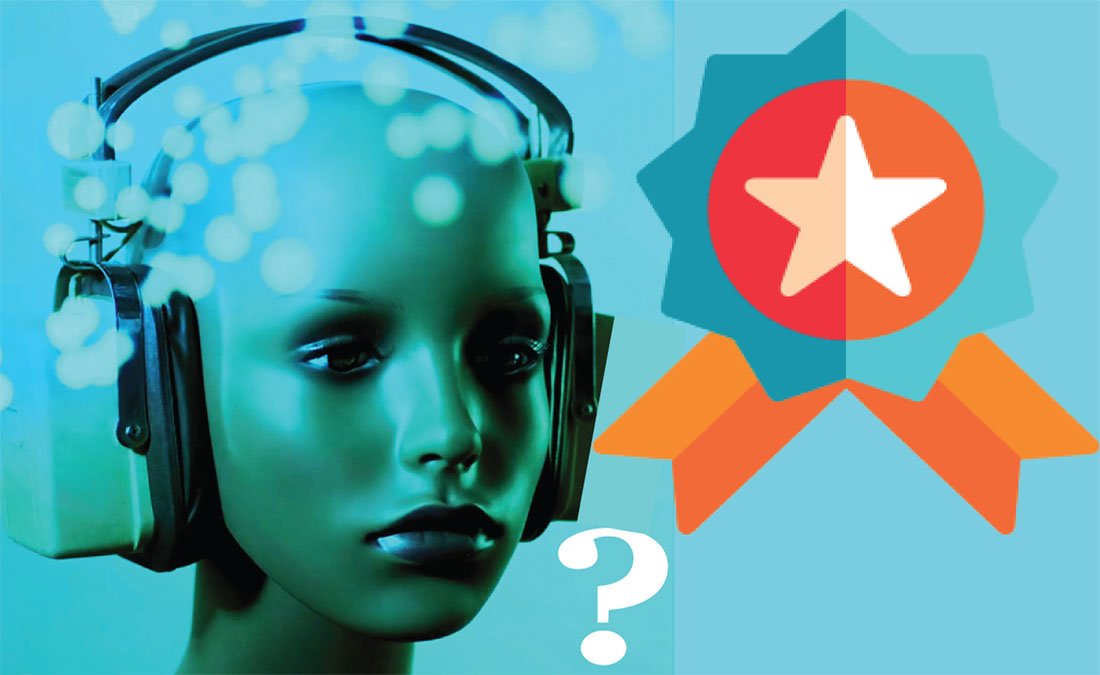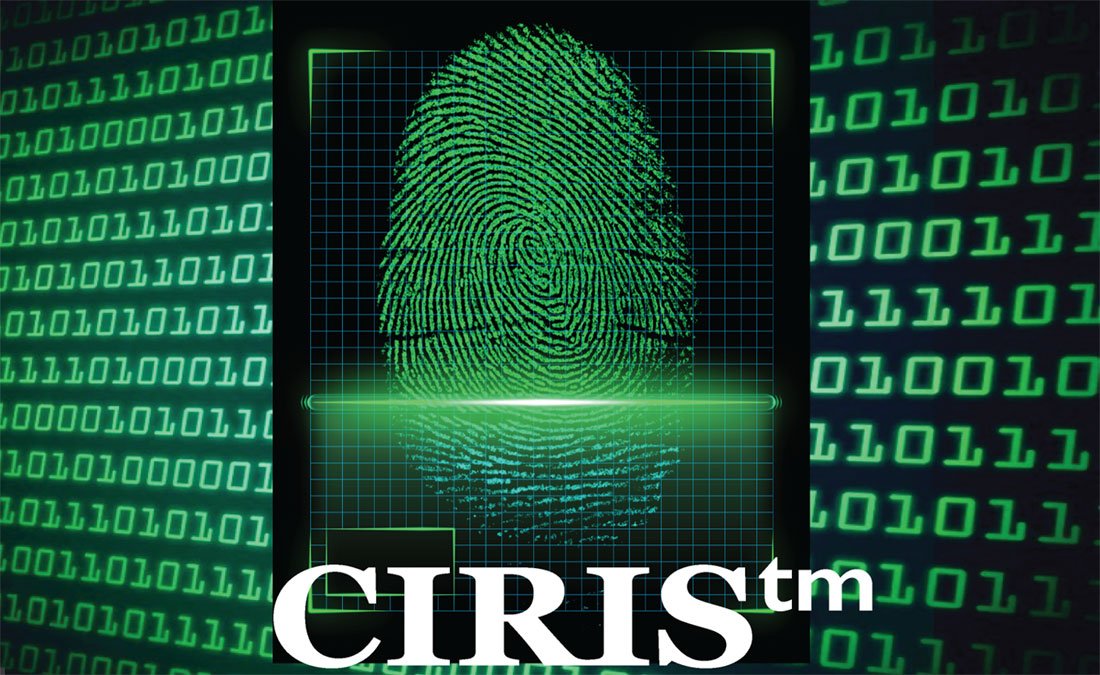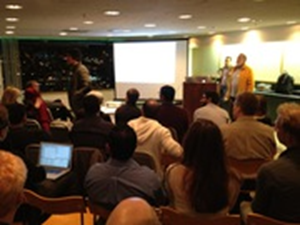
Rewards and Incentives

earthDECKS’ Incentives and Rewards program will launch soon. Join our mailing list and we’ll inform you when we launch about how you can get or give help.
iTell•U™
earthDECKS’ app for next generation social networks

earthDECKS.org developed an open source precursor to our iTell•U™app called PLASTIC, which launched in the second half of 2018. Join our mailing list. We’ll inform you when we launch iTell•U™. Let us know if you’d like to be a pilot tester or have nominees for Incentive Awards.
Functional tokens called
 will enable transactions within the eDEn ecosystem. Incentive awards will be added once we gamify the eDEn ecosystem.
will enable transactions within the eDEn ecosystem. Incentive awards will be added once we gamify the eDEn ecosystem.
Our app iTell•U™ is built on the premise that telling stories is the best way to teach, engage, and inspire action. People are seldom as convinced by facts as by stories: their heroes, obstacles to overcome, plots and the struggles of Game•Changers. iTell•U™ is
- a portal to knowledge backed by links to social networks, resources for those who want to learn more, and opportunities donate and/ or to join action initiatives that enable us to meet like-minded people doing what we care about and
- a prototype for a new paradigm of learning MOOC (Massive Open Online Course) where story is a portal to facts, which are embedded in the knowledge platform for those who are engaged and want to learn more.
CIRIS™
As you tap the crowd for knowledge, resources, skills, and to grow your network, you’ll use our backend system, CIRIS™, a Collaborative Intelligence Reasoning and Inference System for making crowds smarter.

CIRIS™ – Collaborative Intelligence Reasoning and Inference System
CIRIS™ describes a system that integrates two concepts:
Collaborative Intelligence (CI) and Reasoning and Inference (RI).
CIRIS™ provides a service to users by delivering Prompts (Recommendations) customized for each user, informing that user about Opportunities and Resources of potential interest to that user. We use AI to track user choices as users navigate our system. We use Reasoning and Inference to build user profiles based on user choices. Each user’s unique profile evolves, not only via information about that user, provided to CIRIS™ by the user, but also via choices made by the user when using our system. CIRIS™ is a learning engine that continually conducts research and gains feedback in order to improve its ability to deliver timely and useful Prompts to its users.
Example of a CIRIS™ use-case: Suppose a viewer, who happens to be a musician, has just watched the movie 16 Bars and values that one of its key themes is music. That viewer tags this movie with the Music icon and comments, “What a great idea to enable prisoners to make music.” He chooses, “Tap my talents” and looks for ways to contribute his music talent. CIRIS™ connects him to a Strategist with 16 Bars who recommends contacts at local prisons who were also inspired by 16 Bars and want to bring their prison into a network of prison music programs. The musician proposes to one of these prisons a music program that he’s motivated to lead. His proposal is accepted. We track this impact via CIRIS™ and include it as a “Maximize my Impact” option for potential donors who want to fund Prison Music Programs. This user inspires CIRIS™ to develop a list of other prison musician volunteer opportunities recommended by 16 Bars to add to our “Tap my talents” list of opportunities. Under the third category, “Give me clues” users can learn about the impact of these programs.
Collaborative Intelligence (CI) is broadly defined as a community-driven knowledge base (think Wikipedia) that aggregates and associates meta-knowledge about a broad spectrum of topics spanning various modalities, including: apps, events, images, mixed media, stories, user profiles, videos, etc. RI (Reasoning and Inference) is defined as a collection of AI mechanisms working both in conjunction (synergy) and competition (complementarity) with one another (think Cascade Correlation) to accomplish various tasks, including: Automatic Meta-knowledge Clustering (AMC), Principle Component Inference (PCI), Automatic Categorization and Classification (ACC), Cross-domain Analogical Reasoning (CAR), and Predictive Associative Recommendation (PAR).
A simplified use-case example for CIRIS™ is as follows: Assume several stories tagged “whales” and “marine conservation” have different foci: “methods used to tag whales,” “whale counts and locations,” and “conservation initiatives for whales.” User responses to each story (thumbs-up/ thumbs-down/ no response, or no click on story) trigger revisions of the user profile, enabling CIRIS™ to adapt its behavior.
Users are clustered (cluster A) that have all spent significant amounts of time looking at stories and videos with the meta-knowledge tags “whales” and “preservation” [AMC]. Inductive inference rules (e.g., “whales are endangered” and “preservation and save are synonyms”) then conclude that cluster A is a sub-cluster of a cluster about “saving endangered animals” (cluster B) [PCI]. CIRIS™ categorizes the relatedness of clusters A and B and, based on relevance criteria, producing from this interest category a new action category tagged “saving the whales” (new cluster C) [ACC]. Later, a user in cluster A (user D) logs onto the system. In addition to belonging to cluster A, user D has also watched a video on “animals of the Serengeti.” Using transitive closure and other analogical reasoning methods (e.g., “hippos are found in the Serengeti” and “whales and hippos are both water-based animals”), CIRIS deduces that there is a strong correlation between cluster C and a video called “the plight of the hippo” (video E) [CAR]. It also deduces (e.g., using PCI to infer that “the zoo has a hippo protection initiative”) that the event “fundraiser at the zoo” (event F) is correlated to cluster C and subsequently recommends that user D both watch video E and attend event F (in addition to reading the stories in cluster C) [PAR].
 Artist Saul Steinberg memorably depicted in his 1953 print called “Passport” (below) the reduction of identity to a thumbprint. The ramifications and implications of his foresight have been broadly exploited via targeted advertising, where every human is merely a “consumer.” What he didn’t predict was the flipside, which CIRIS™ is now developing, the potential for each individual contributor in a social network to express his or her uniqueness via the path and network of contributions, and the synergies of each individual’s paths and networks with those of other contributors. In addition, because one of the great blocks to a more sustainable society is the glass ceiling for educated women – failure to value, credit and enable their creative work – until this social problem is corrected, women should file patents and register their work.
Artist Saul Steinberg memorably depicted in his 1953 print called “Passport” (below) the reduction of identity to a thumbprint. The ramifications and implications of his foresight have been broadly exploited via targeted advertising, where every human is merely a “consumer.” What he didn’t predict was the flipside, which CIRIS™ is now developing, the potential for each individual contributor in a social network to express his or her uniqueness via the path and network of contributions, and the synergies of each individual’s paths and networks with those of other contributors. In addition, because one of the great blocks to a more sustainable society is the glass ceiling for educated women – failure to value, credit and enable their creative work – until this social problem is corrected, women should file patents and register their work.
Our backend AI functionality is embedded in CIRIS™. Key elements of our system are open source, but we also have two patents issued and a third pending in the domain of our app iTell•U™ and its associated knowledge management system, CIRIS™.
Illustration: Saul Steinberg. Passport Photo, 1953. Fingerprint on paper. Originally published in Steinberg, The Passport, 1954. iTell•U Cartoon Credit: “Gossip, Folks” Oxford Dictionary Blog
Featured Articles
Below are key articles on this site. For other topics, search using the categories list to the right or the search function at the top.
Plastic & Our Oceans: A Complex Systems Problem
- Adverse Health Effects of Plastic
- Circular Economy: Dame Ellen MacArthur
- Complex Systems Problems
- Cradle to Grave: Plastic Supply Chain
- Enshrouded in Plastic
- ESRI – Mapping & Visualizing Data
- Floater Technology for Ocean Cleanup
- Global Ocean Sensing
- Industry Response to the Plastic Challenge
- Learning for a Plastic World
- Leonardo DiCaprio – Saving Our Planet
- Nature’s Innovators: plastic consumers
- Ocean Debris Network
- Ocean Ingenuity
- Oceans – Measuring Planet Health
- Plastic Futures – PLASTIC, a short media piece
- PLASTIC Innovation
- PLASTIC: Overview of National Leadership
- Plastic in Your Drinking Water, Table Salt & Mother’s Milk
- Plastic Pollution Coalition: Campaign vs Single Use Plastic
- Plastic Roads – Global Innovation System
- Plastic Strategies for Innovation
- The Plasticene
- Plastiki: adventure stories & a big message
- Raising Awareness of Plastic Hazards
We also address other related sustainability topics, such as
Climate Change
- The Paris Agreement: Auditing Climate Change
- From Climate Change to Global Security
- Boston-Cambridge, and Climate Change
- Climate Interactive: Visual Modeling
Health and the Environment
- Dr. Zach Bush: What Happened to Our Nation’s Health?
- Plastic in Your Drinking Water, Table Salt & Mother’s Milk
Ecosystems for Complex Problem-Solving
- Complex Systems Problems
- Game-Changing B Corps & Benefit Corporations
- Massachusetts Institute of Technology Initiatives
Collaborative Intelligence
Games and Media for Learning
Mapping and Visualization
Smart Cities
- Gordon Feller: Pioneering Urban Futures
- Resilient Cities Partner Platform
- Greenbiz & VERGE: where technology meets sustainability
Rotating Leadership: team sessions

